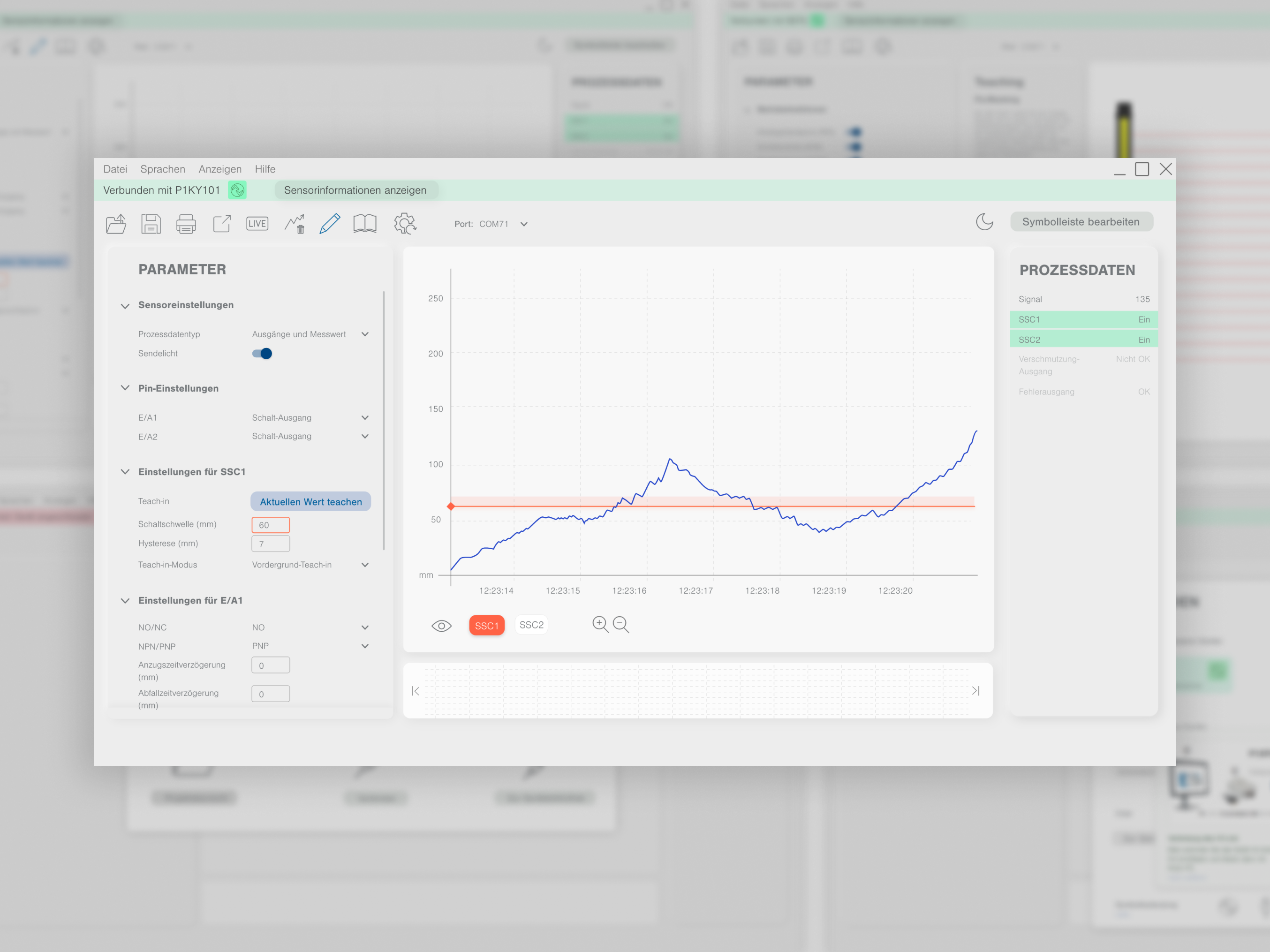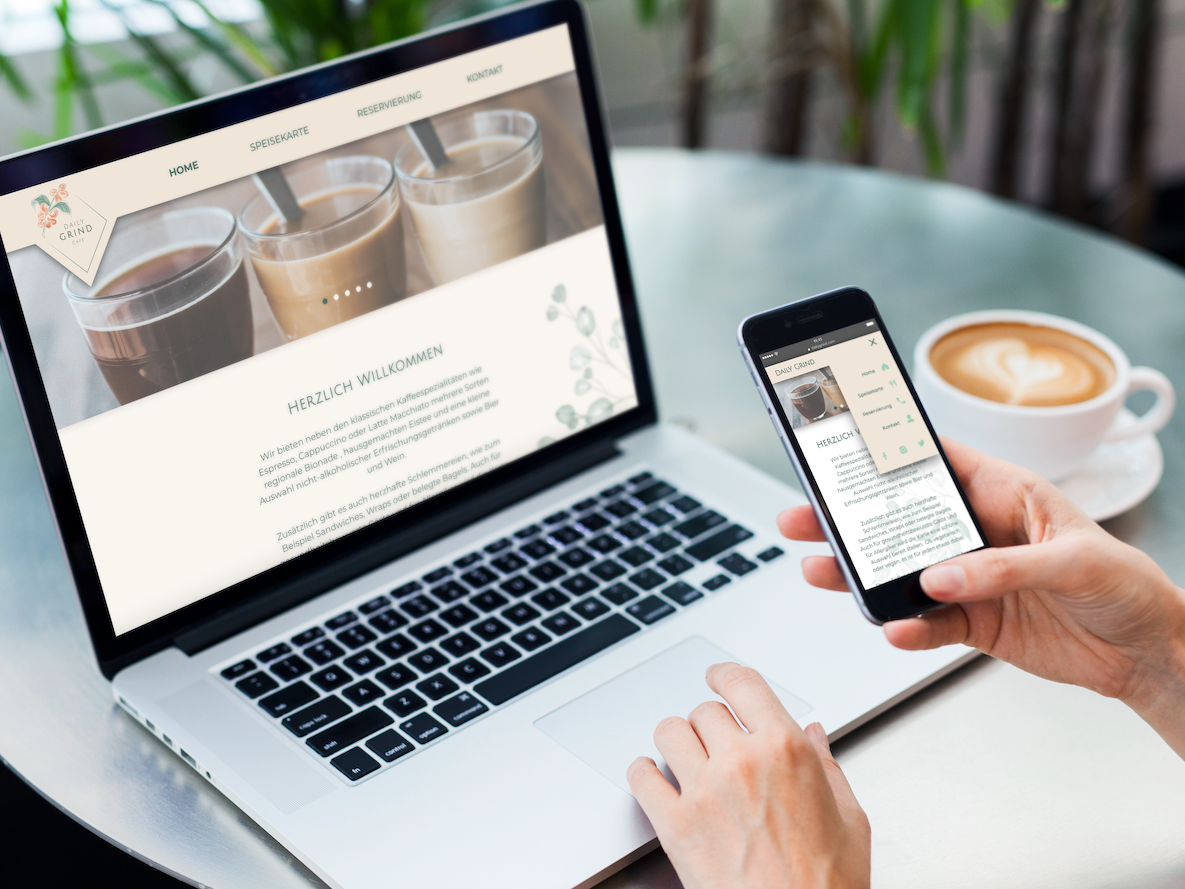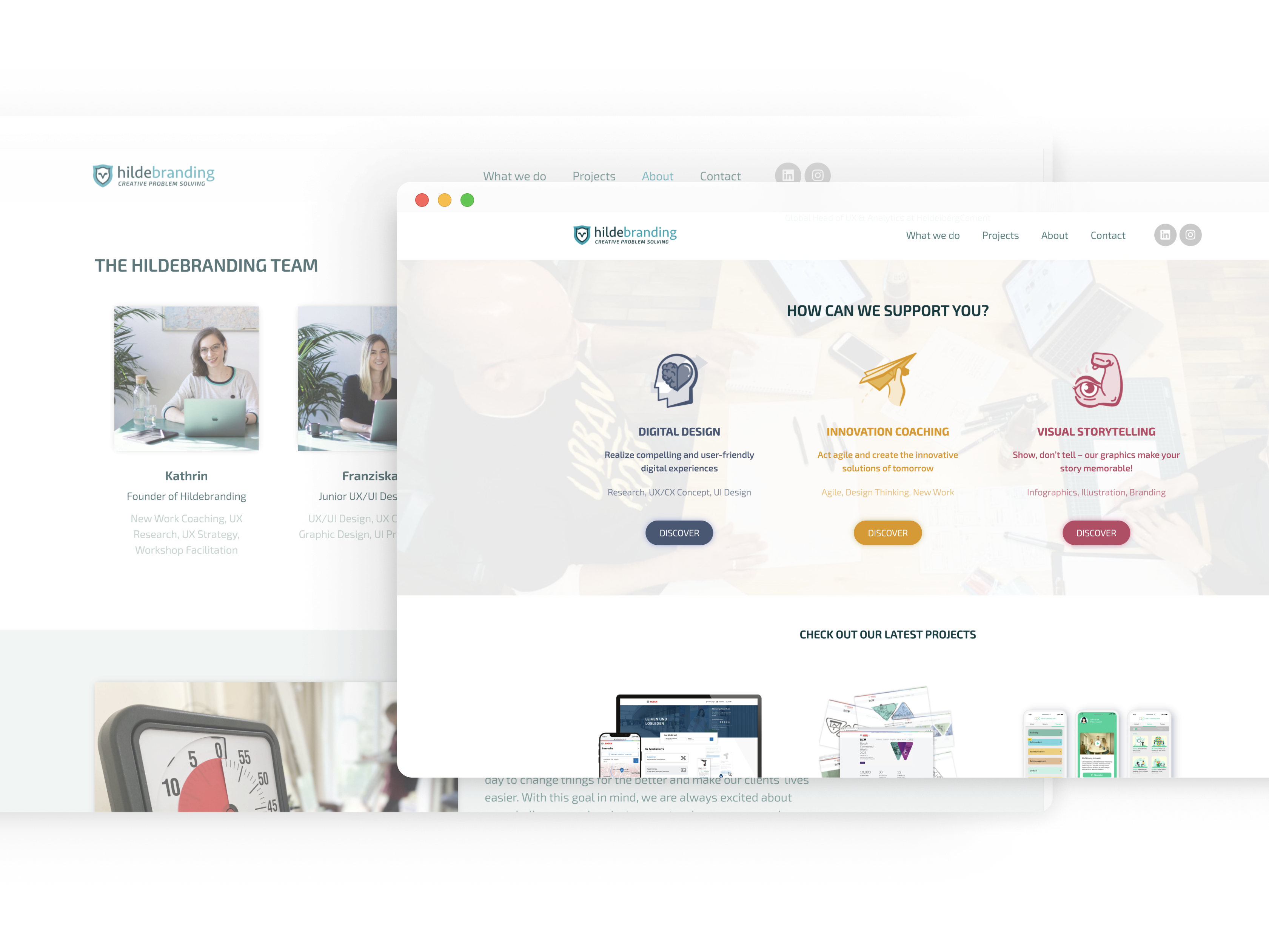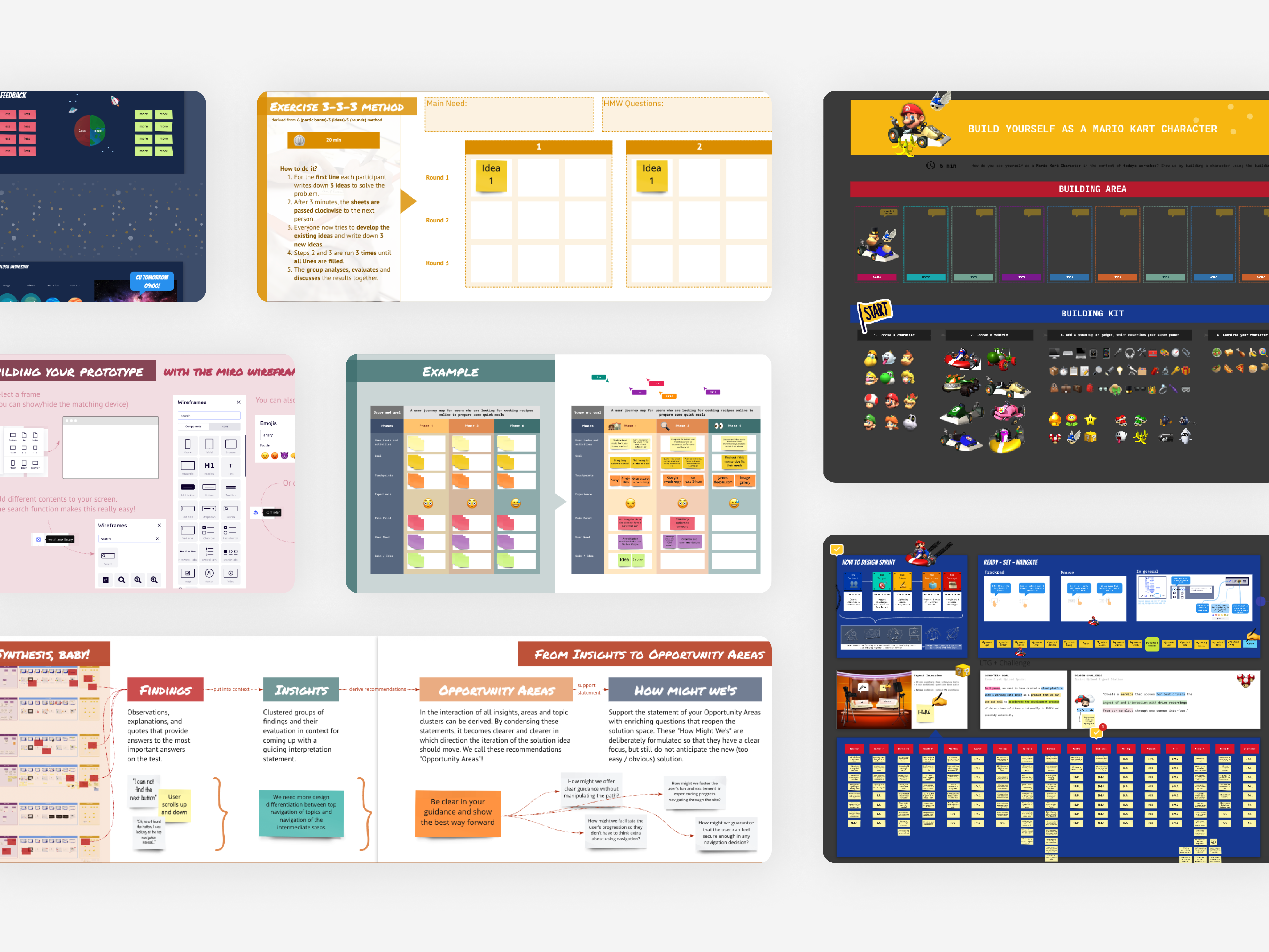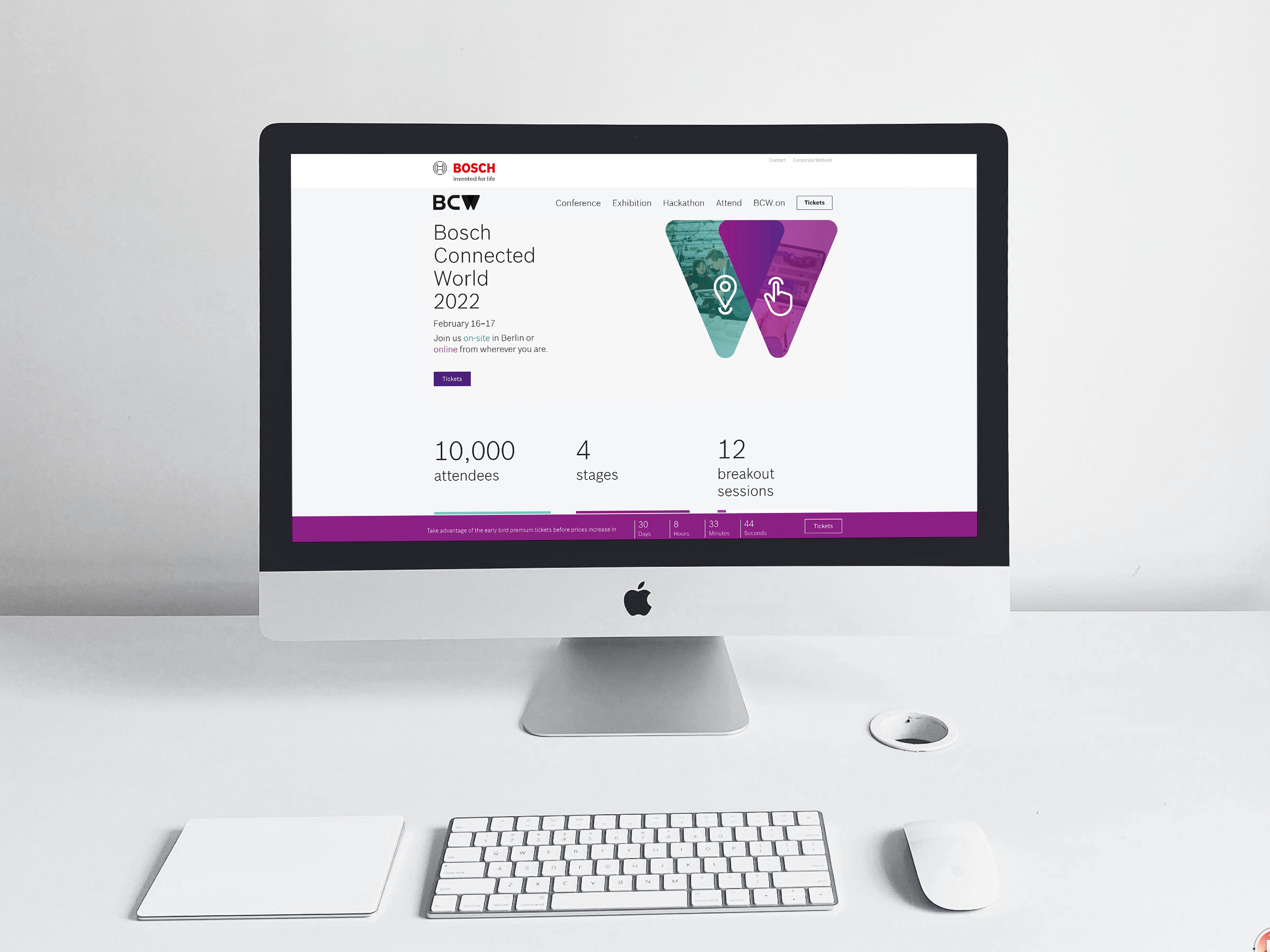in coorporation with Hildebranding & Ravensburg-Weingarten University of Applied Sciences
The website redesign of Bosch Werkzeug-Verleih was the basis of my bachelor thesis at the Ravensburg-Weingarten University of applied sciences and was developed in cooperation with the UX agency Hildebranding in Berlin.
This projects challenge:
“How might we create a process of renting power tools as a fun and trustworthy experience for the target group?”
Bosch Werkzeug-Verleih is a renting service for high quality power tools in Bern, Switzerland. They reached out to Hildebranding to seek help with UX and UI support to create a user-centered redesign for their website. For the redesign process of Bosch Werkzeug-Verleih’s website we created a tailored process that combined relevant design thinking methods from kickoff to handover.
Kickoff & Walkthrough
To understand the current user flow of the website, we rented a power tool ourselves. The Bosch Werkzeug-Verleih team observed the whole process from selecting the tool to returning it – and we were able to discover new possibilities and problems that may arise while operating their system.
This starting point helped us to derive more concrete UX activities as well as prioritize our initial redesign topics.
Customer Profile & Journey Workshops
In joint compact working sessions, we were able to develop pioneering user profiles and journeys with input from the client. These workshops provided the client with a number of "aha" effects - and ourselves with a concrete list of the most important main needs, which we subsequently took into account in the redesign concept.
Ideation & Design Challenges
The previously derived Main Needs formed the starting point for several Design Challenges, each of which we set ourselves on an important aspect of the analysis findings. Our goal was to generate as many ideas as possible for critical points and to transform them into testable concepts.
Prototyping & User Tests
After building a website prototype at high speed, we tested the newly created renting process extensively with real customers. Due to the pandemic, these tests took place in the persons' home offices - but due to this setup they could experience our remote clickdummy with their home computers and could comment our new ideas realistically. We learned a lot and answered many of our hypotheses – and also formulated new ones afterwards.
Component-driven UI Design
After our user tests we created iterated design concepts and UI components as smart building blocks. By using smart components and symbol libraries in the design tool Sketch, we made sure that our redesign document would be practical, understandable and quickly expandable for developers later on: from the moment of handover, they could find all the information in our designs that gave them an understanding of the desired result, but also provided concrete help steps for implementation (CSS styles, colour codes, spacing, etc.).
